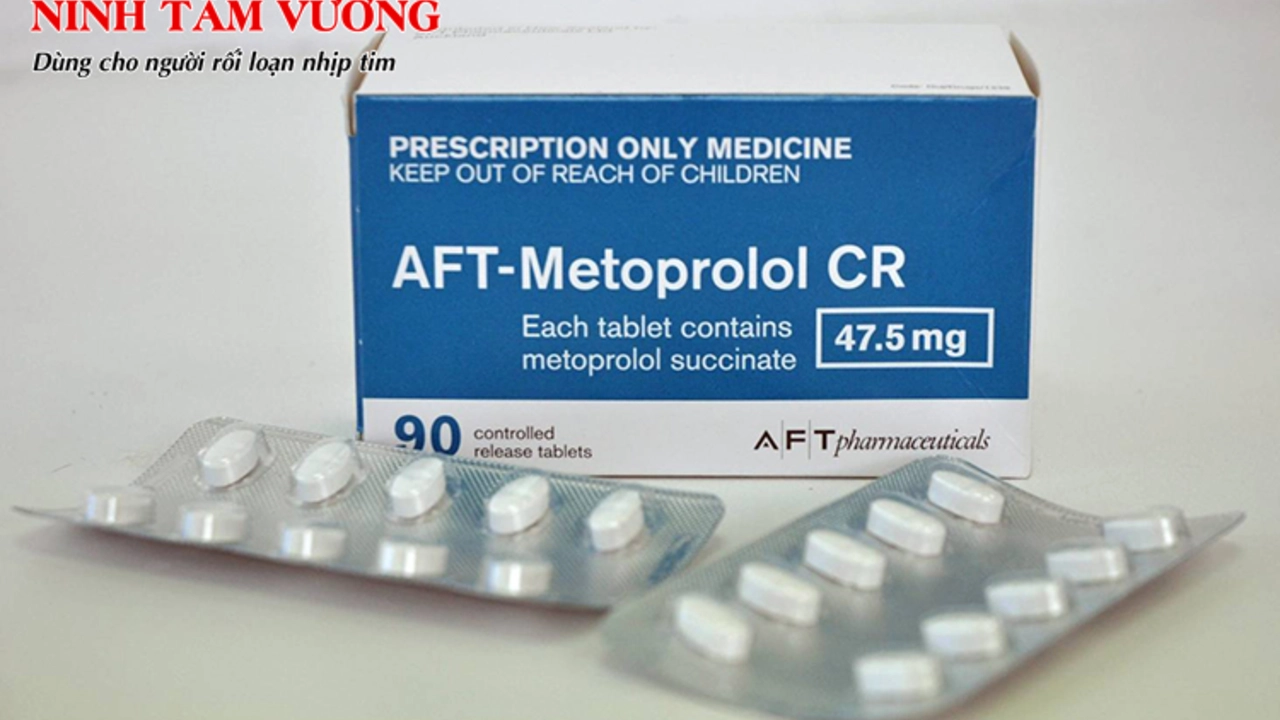Metoprolol: What It Does and How to Use It Safely
Metoprolol is a widely used beta blocker that lowers heart rate and blood pressure. People take it for high blood pressure, angina, certain irregular heartbeats, and after heart attacks. It can also help some cases of heart failure when the extended-release form is used.
If your doctor prescribed metoprolol, you probably want straight answers: how much, what to watch for, and how to avoid problems. Below I’ll cover clear, practical points you can use at home and share with your clinician.
Forms, common doses, and how to take it
Metoprolol comes in two main forms: immediate-release (tartrate) and extended-release (succinate). Tartrate is usually taken twice a day; succinate is once daily. A common starting dose for high blood pressure is 50 mg total per day (often 25 mg twice daily) or 50–100 mg once daily for the extended form. Doctors may raise the dose slowly. For heart failure, succinate often starts lower (12.5–25 mg daily) and is increased carefully under monitoring. The maximum daily dose can go up to a few hundred milligrams depending on the condition, but follow your doctor’s plan—don’t push doses yourself.
What to expect and common side effects
Typical side effects include fatigue, dizziness when standing up, cold hands or feet, and a slower heart rate. Some people notice sexual side effects or mild sleep changes. Metoprolol can mask signs of low blood sugar in people with diabetes, so check glucose often if you’re diabetic. Serious problems like very slow heartbeat, fainting, or severe shortness of breath mean stop the drug and get medical help.
Avoid stopping metoprolol suddenly — doing so can cause rebound high blood pressure or chest pain. If your doctor wants you off it, they’ll usually reduce the dose over 1–2 weeks or longer, depending on how long you’ve been taking it.
Watch out for drug interactions. Combining metoprolol with calcium channel blockers such as verapamil or diltiazem can slow the heart too much. Certain antidepressants (like fluoxetine or paroxetine) can raise metoprolol levels. Tell your provider about all prescription meds, supplements, and herbal products you use.
Who should be cautious? People with active asthma or severe COPD may react poorly to beta blockers. If you have very slow heart rate, certain heart blocks, or low blood pressure, metoprolol might not be right. Pregnant or breastfeeding people should discuss risks and alternatives with their doctor.
Simple daily tips: take extended-release tablets the same time each morning, swallow whole, and monitor your pulse and blood pressure regularly. Keep a list of symptoms and share it at follow-ups. If you miss a dose, take it as soon as you remember unless it’s close to the next dose—don’t double up.
If you have questions about dosing, interactions, or side effects, talk to your prescriber or pharmacist. Metoprolol is very useful when used correctly — with the right checks, it can protect your heart and reduce symptoms without surprises.

